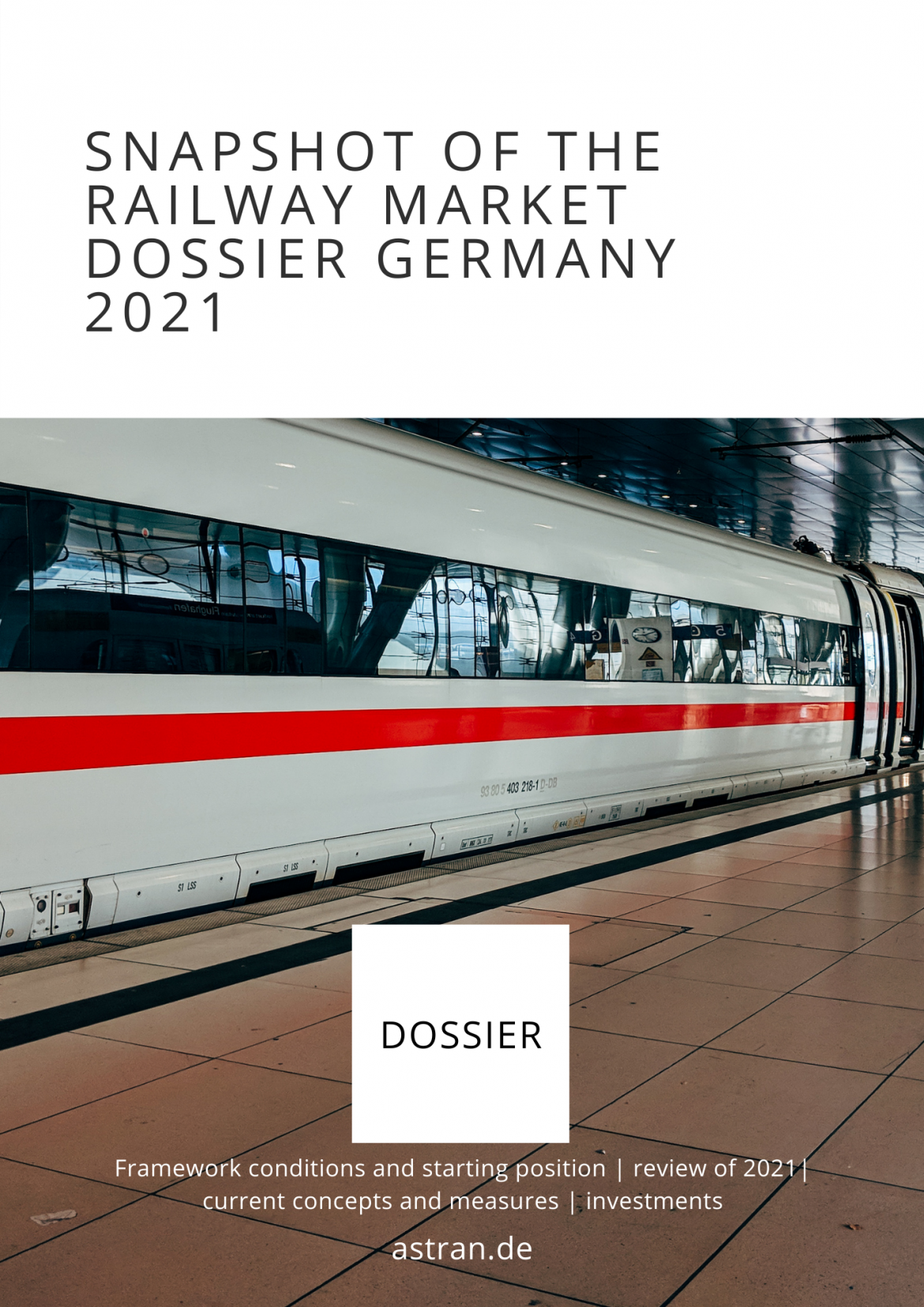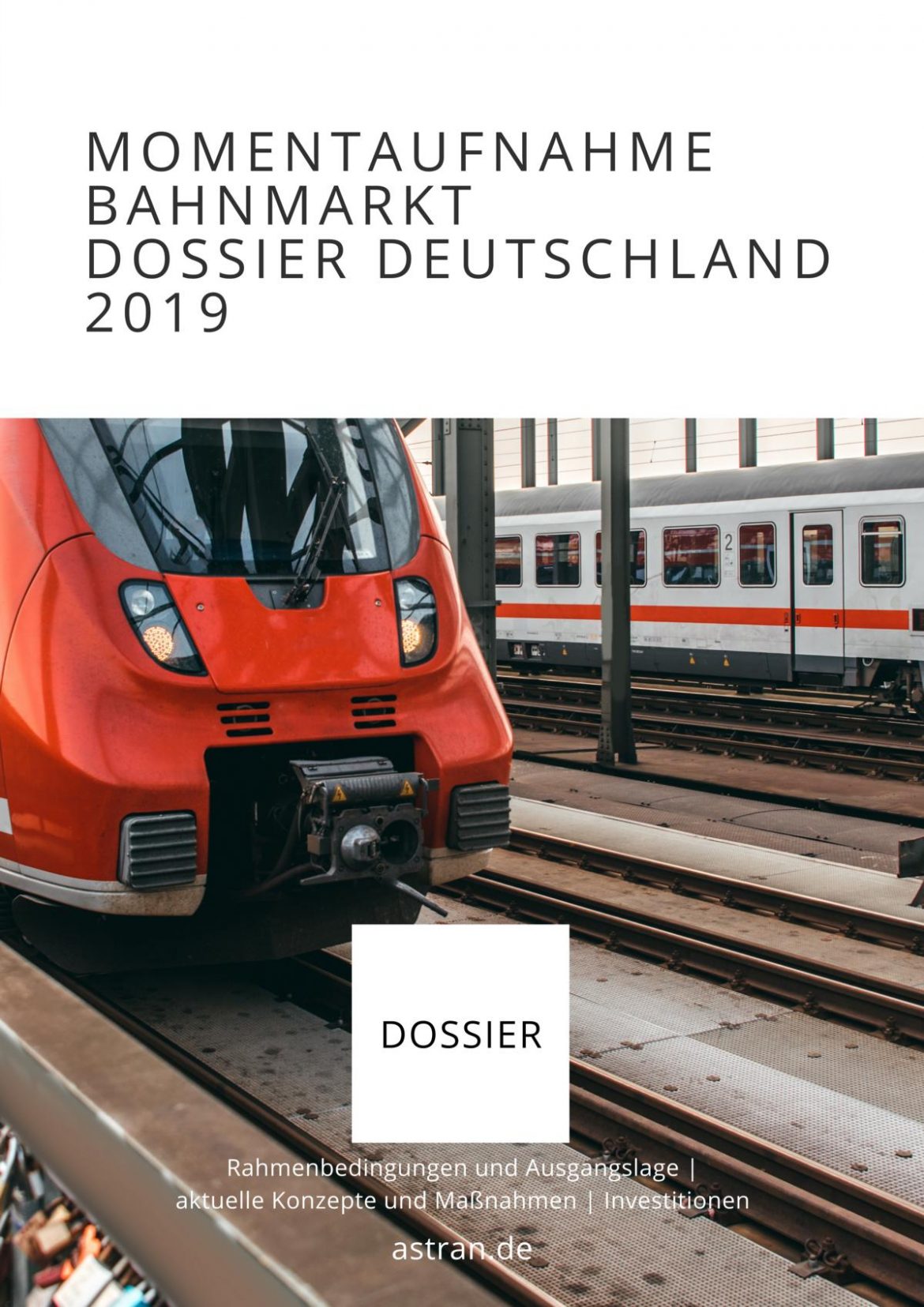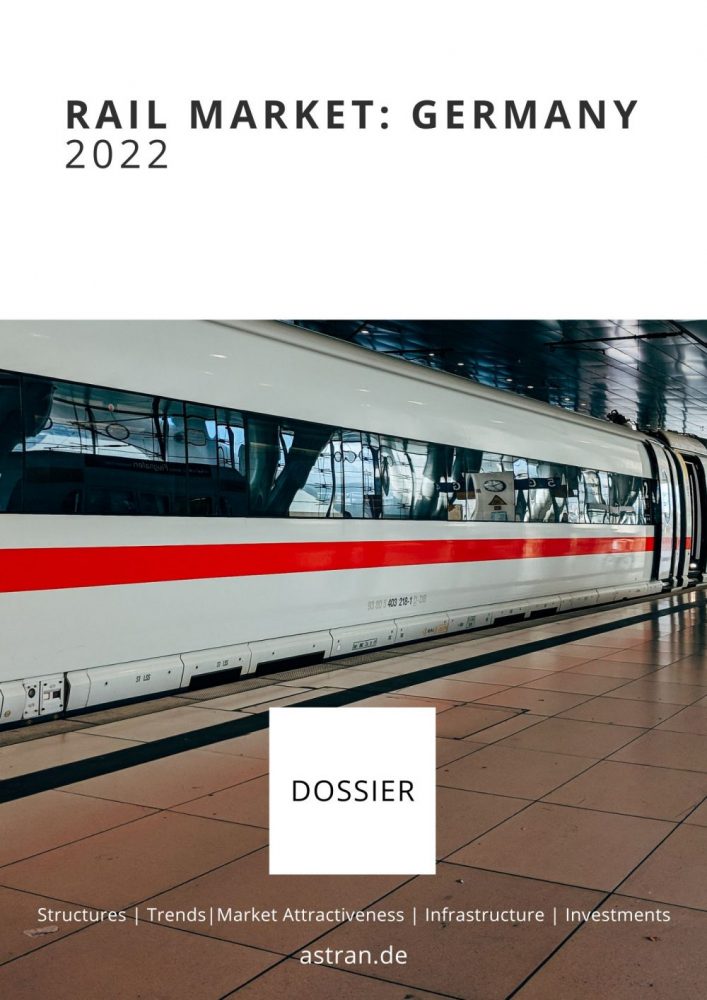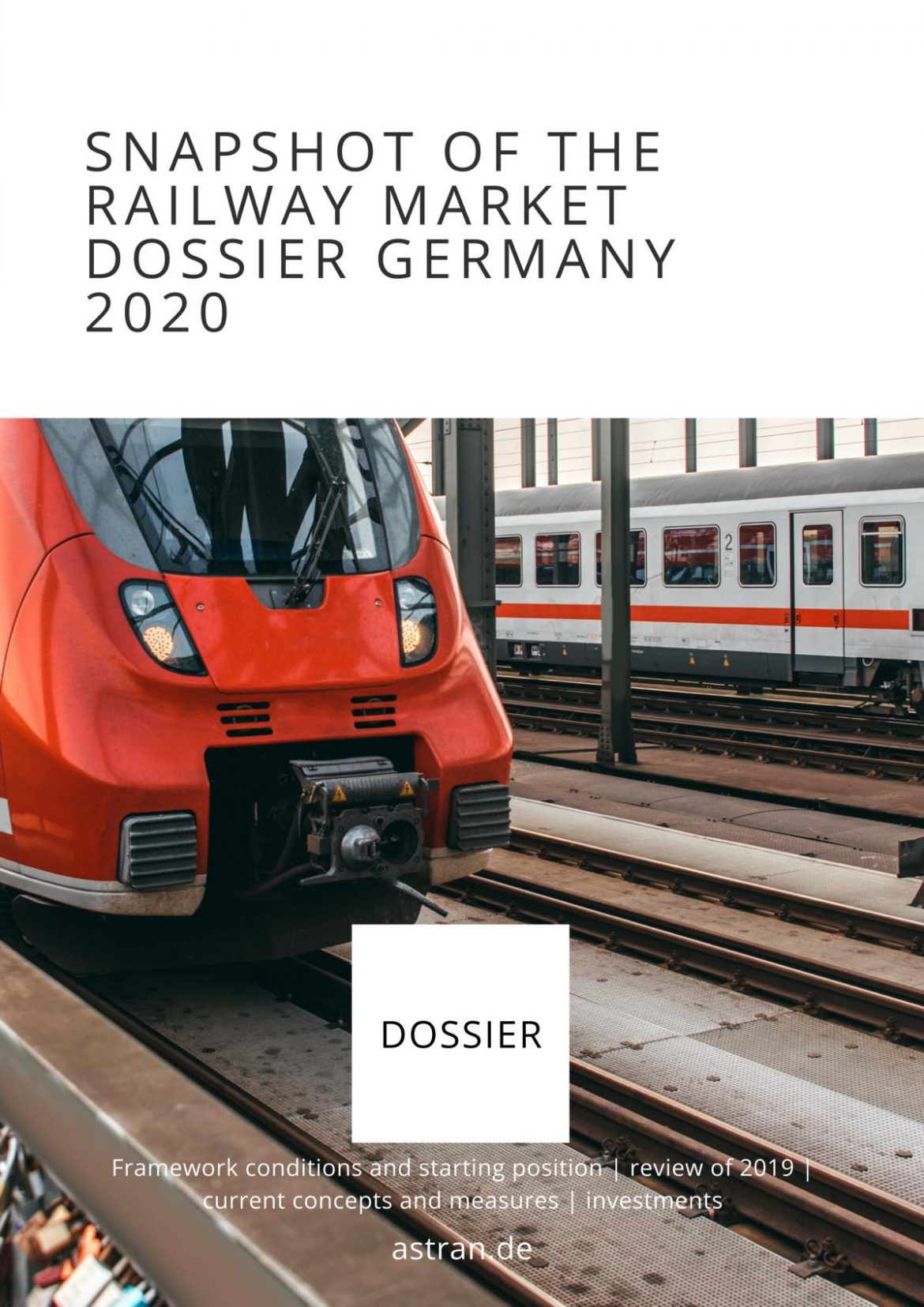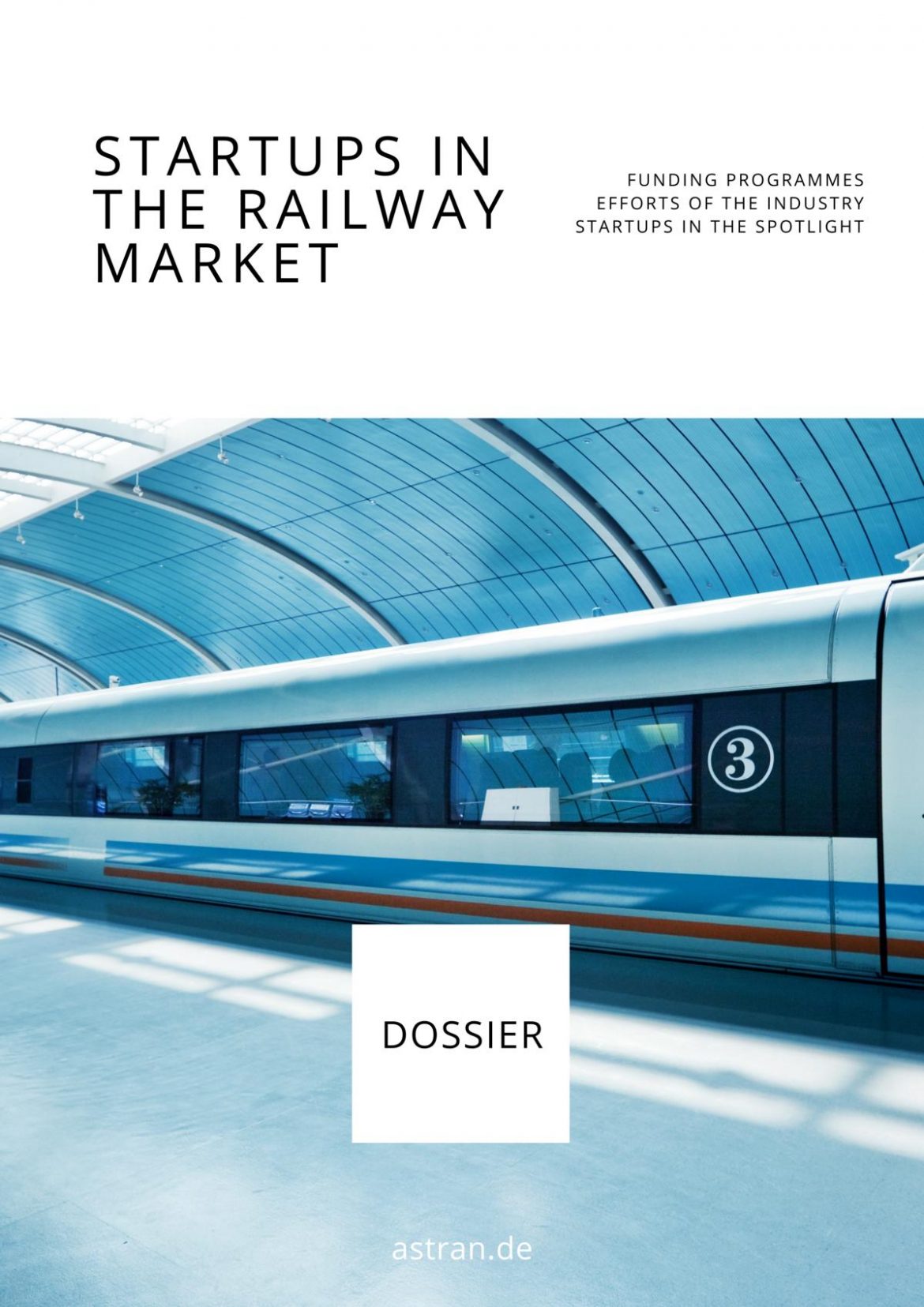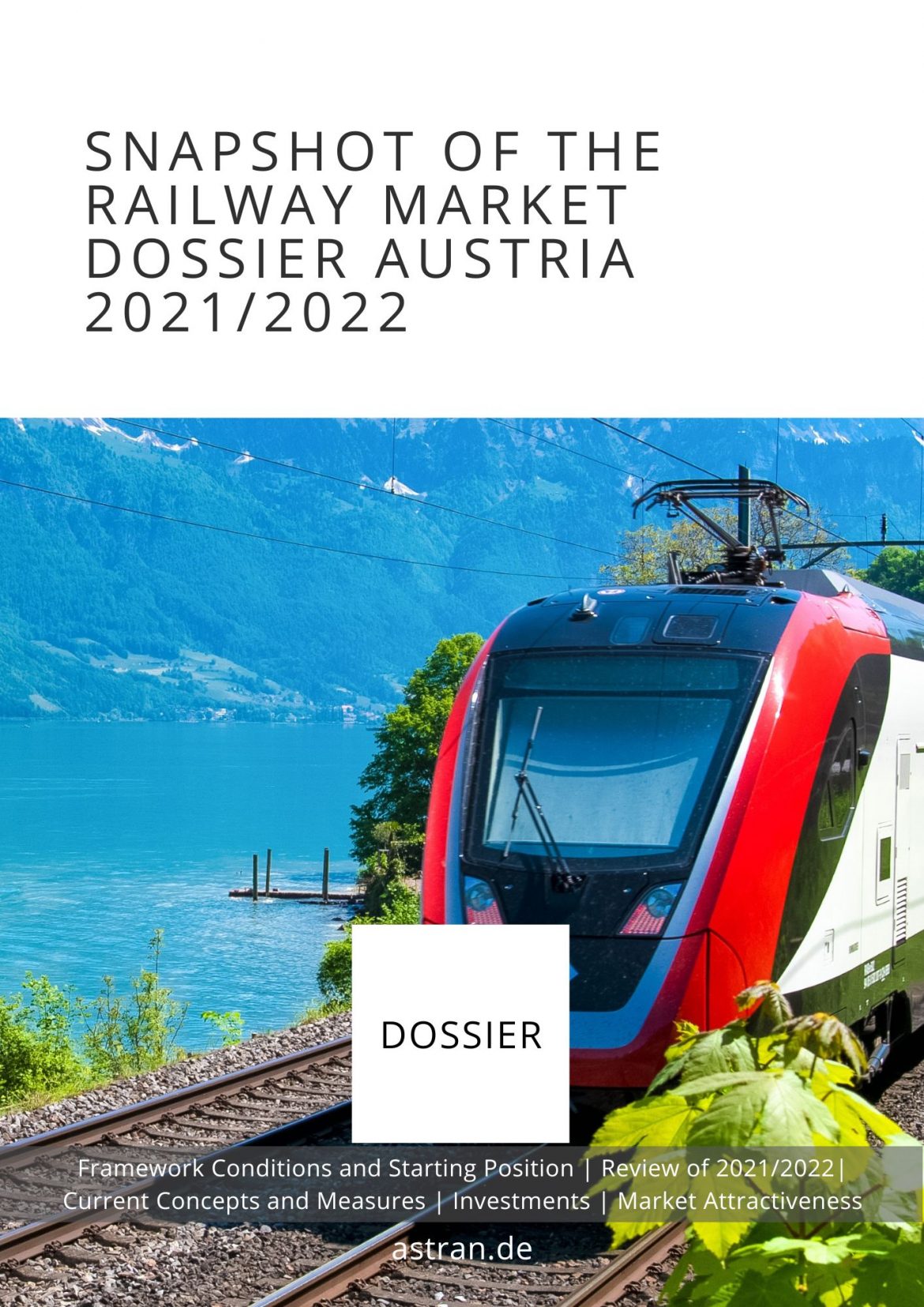Description
Rail market Germany 2021
The federal government in office until 2021 already agreed in its 2018 coalition agreement to substantially promote rail transport.
In order to achieve the set climate targets, a transport turnaround is being sought. Society is to turn away from motorised individual transport and towards public rail passenger transport (SPV) and rail freight transport (SGV). Unfortunately, the need for this has only grown in recent years. And so the 2021 federal election was also primarily a climate election, even if the goals set in the election programmes of the parties were ultimately more disappointing than groundbreaking. Nevertheless, the core goal of the coalition agreement formulated in 2018 as well as in 2021 is: With a rail pact between politics and business, the number of rail customers is to be doubled by 2030 and freight transport is to be shifted primarily to environmentally friendly rail. [1] In 2021, the governing parties also agreed on an amendment to the Federal Climate Protection Act: Germany is to be climate-neutral as early as 2045. To achieve this, the SPV and SGV are to be repositioned through a multitude of initiatives, programmes and support measures by politics, industry, associations and railway transport and infrastructure companies. The Corona pandemic has slowed down these developments and presented the railway sector with new challenges that need to be addressed. At the same time, the industry is driven by future issues such as the European Train Control System (ETCS), Digital Couplers (DAK) and increasing urbanisation.
This dossier compiles current information on rail-bound transport in Germany, examines the effectiveness of initiatives and programmes with a view to the transport turnaround and analyses market attractiveness from the perspective of the rail industry. In addition, it presents the effects of the corona pandemic and possible solutions to the resulting challenges facing the industry. Another important component is the legal framework of German rail transport as well as the European directives from Brussels.
The focus here is on DB AG with a current market share of almost 100% in long-distance transport, 74% in local transport and about 50% in freight transport.
Overview of the central results
-
- Shifting transport to rail is a central field of action for the federal government to achieve its climate protection goals. The federal government’s goals for rail transport are a doubling of passengers in long-distance passenger transport and a sig-nificant shift of freight transport to rail. To achieve this, the infrastructure must be expanded and new vehicles procured, and new technologies and processes for rail operations must be applied. These goals are also endorsed by the new designated federal government and set out in its coalition agreement.
- The TransEuropExpress 2.0 was launched in order to expand trans-European rail transport and provide real alternatives to air connections. European cities will be connected by night train on various routes.
- The ongoing corona pandemic has hit Deutsche Bahn and the rail market in general hard. Passenger numbers have still not fully recovered and the group continues to record losses in the billions. The German government is therefore coming to the aid of the sector with large financial injections.
- Topics that are driving the industry: The introduction of the Digital Automatic Coupling, the rollout of ETCS/DSTW, new drive technology as well as digitalisation and automation in general.
- The shortage of skilled workers is becoming increasingly noticeable. In an attempt to cover its own needs, DB AG has acquired several companies in the engineering sector. However, this does not solve the industry-wide problem, but merely leads to a shift.
- In order to advance the transport turnaround, a wide variety of programmes and initiatives have been presented by the federal government and Deutsche Bahn AG in recent years. The associated measures were intended to accelerate the expansion of the railways and to emphasise the necessary urgency of the expansion. However, the first conclusion is sobering: every single one of the programmes and initiatives lags behind in implementation.


